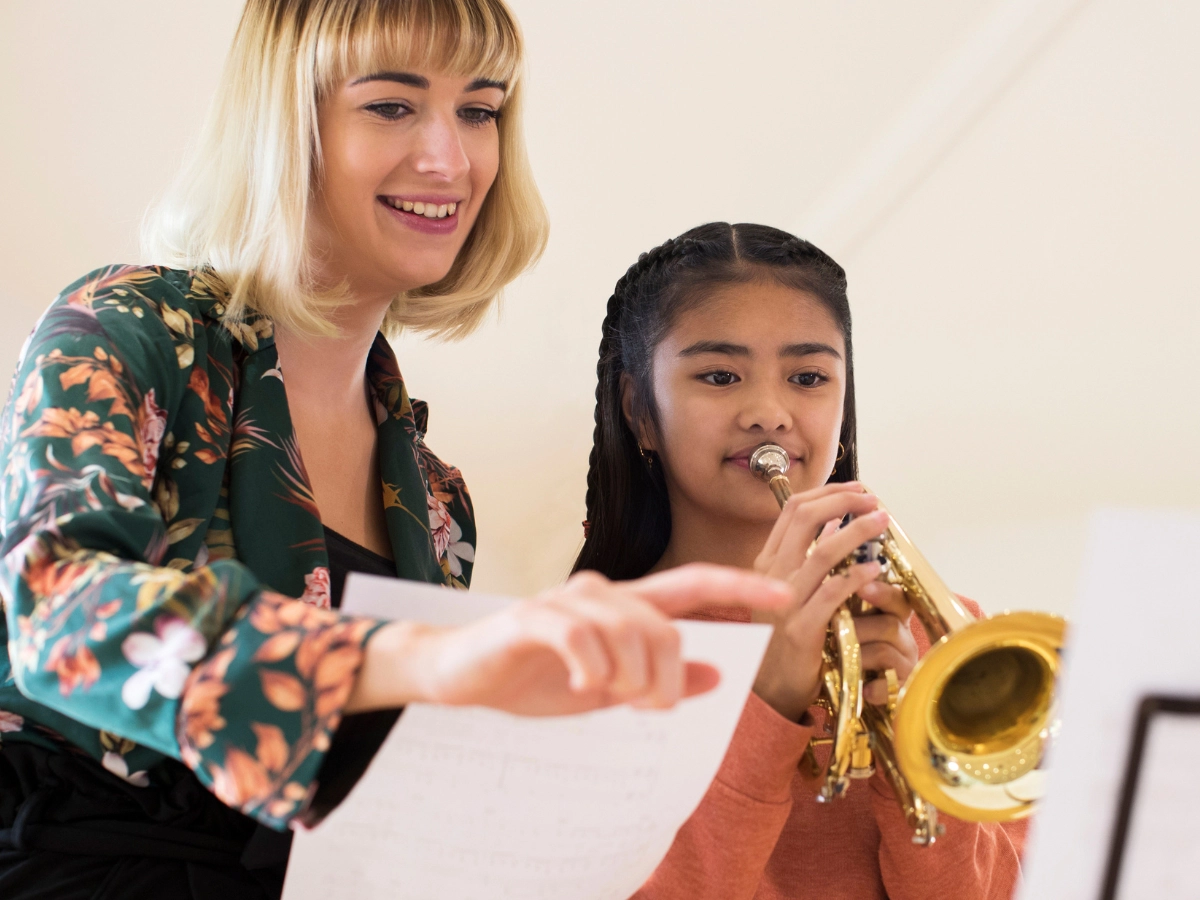Developing a strong swim program for children is a smart way to get families invested in your swim center. Not only are these foundational classes catalysts for repeat swim center clients, odds are you’ll rope in some lap swimming parents or teens that are inspired by the facility and your fantastic staff.
Now the question becomes: what are the best swimming classes for kids? In truth, the best swim classes for kids are the ones that begin before the child has ever left the womb — in the form of safe, maternity exercise classes, and they continue on from there.
And, don’t forget to advertise the quality of your staff’s certifications and licensure, so parents know their toddlers and children are safe and in the arms of the best instructors the community has to offer.
Maternity Water Aerobics and Pregnancy-Safe Lap Swim
Swimming and water aerobics classes are considered some of the safest forms of exercise for expecting women. Water provides a supportive and buoyant container, preventing women from falling or any risk from direct impact. It also provides a wonderful reprieve from the ever-expanding belly (and its corresponding heaviness) as well as the physical aches and pains associated with pregnancy.
In addition to a safe and comfortable form of pregnancy exercise, maternity water aerobics offers a place for moms-to-be to bond with others before their babies are born. Odds are, you’ll see them return with their babies for your Mommy-and-Me courses in just a few more seasons.
Start by offering maternity water aerobics classes at a range of different times and days and see which ones appeal to your local target audience. For those who prefer a more solo exercise form, post sample guidelines for lap swimming combinations that are safe for pregnancy — based on skill level. Always supply swim noodles and other flotation supports as needed, and don’t forget to offer plenty of hydration breaks.
Water Classes for Tots (Level 1 and Level 2)
These classes are specifically designed for babies or toddlers and their caregiver(s). Historically, these courses were called “Mommy-and-Me,” but times are changing, so a more general name is advised. You can expect accompanying adults to include mothers, fathers, grandparents, or even nannies. The recommended age range for this course would be six-months to 18-months old for level one and 18-months up to three-years for level two.
The overarching goal is to make the swimming pool a fun place to play. While some instruction regarding blowing bubbles, holding breaths and floating are encouraged, the main point is to provide a safe water environment (free from the chaotic splashing and movement typical of open swim hours) for parents to bond with their babies and toddlers in the water while gently splashing, playing games, and kicking and moving through the water.
Preschool Swim Lessons
Once toddlers can sit on the pool stairs under close supervision by an instructor, they’re ready to graduate from the “tot” classes to the preschool courses. Preschool classes also allow children who’ve never taken swim classes of any kind to acclimate to the pool and a colder-than-the-bath water environment.
At this level, children are ready to learn basic water safety skills and begin practicing the technical basics of swimming, including floats, glides, kicks, bubble-blowing, and holding their breath underwater (if the child allows). Nothing should ever be forced and, in addition to water safety, comfort and fun are top priorities.
Note: Many swim centers come up with catchy nicknames for their classes, where names correlate with levels, such as “minnows,” “trout,” “marlins” and “sharks.” You can also use the same idea and connect it with your brand’s mascot, a relevant animal your area is known for, etc.
Beginner 1, 2, and 3
The kids who enroll in these classes will become bona fide swimmers in due course. Working through basic skill sheets, instructors teach rudimentary swim skills and refine them as children become more adept.
By the end of a beginner level three course, a child should be able to swim independently from a teacher’s physical support in the water, including freestyle while breathing to the side, elementary backstroke and backstroke, as well as front and back floats (although technique will need refinement via intermediate courses).
Intermediate 1, 2, and 3
At the intermediate levels, students begin to refine their freestyle, breathing, and backstroke techniques. If they haven’t already, students are introduced to more complicated strokes, including breaststroke, sidestroke, and butterfly. They’ll develop better breath control, build endurance, and perform strokes in preassigned combinations. Open turns and flip turns are typically taught at this stage as well.
Advanced Children’s Swim Classes
Advanced classes are all about technique refinement and endurance-building. Typically, advanced swim students are ready to be on a swim team, which is why you’ll work on racing techniques including starts, turns, breakouts, finishes, and individual medley (IM) turns.
Offering swimming classes for kids is a smart step in building momentum for your swim center and developing a multigenerational business model that allows you to thrive.
 hbspt.cta.load(3803665, ‘9aa4eb1b-8bcc-42dd-8bf0-f4a580b243da’, {});
hbspt.cta.load(3803665, ‘9aa4eb1b-8bcc-42dd-8bf0-f4a580b243da’, {});














